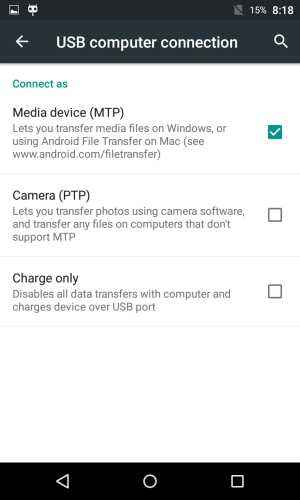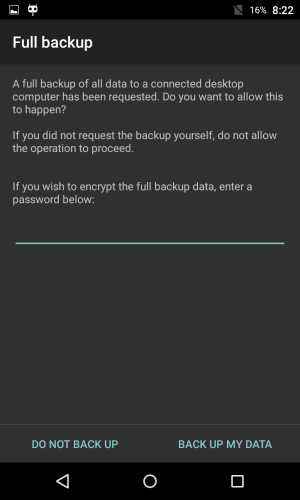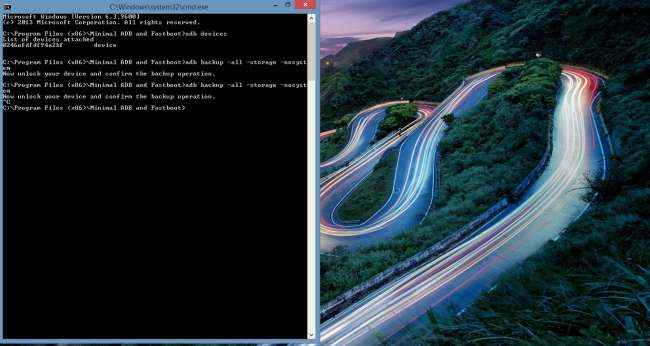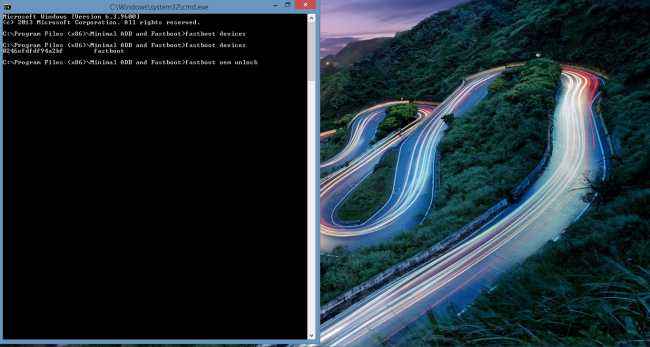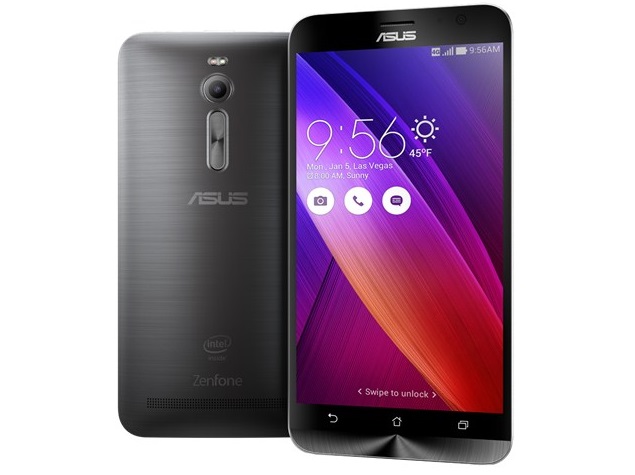Introduction
The original Alpha project wanted no ties with the Galaxy line - which has been all over the place, from entry-level to premium. After a welcome identity boost, the A-series returns home. The Galaxy A7 is at the helm, a slim, light, metal-trimmed phablet to offer an alternative to the Galaxy Note 4 and other premium phablets.



 Samsung Galaxy A7 official images
Samsung Galaxy A7 official images
The A7 is a mere 6.3mm thick and has a metal frame, which gives the tall device a welcome degree of rigidity. At 35g lighter than the Note 4, this phablet feels smaller in the hand even though the height and width are very close.
Like its fellow Samsung flagships, the Galaxy A7 has a Super AMOLED screen, 5.5" big with 1080p resolution. It's powered by either an Exynos 5430 (like the Galaxy Alpha) or a 64-bit Snapdragon 615. In either case you get a 13MP main camera and a 5MP selfie camera.
Key features
- Super thin (6.3mm) phone with a premium metal frame
- Both Single SIM and Dual SIM models come LTE-equipped on many markets (Cat. 4 LTE 150/50Mbps)
- 5.5" Super AMOLED of 1,080 x 1,920px resolution, ~401ppi
- LTE/dual-SIM: Snapdragon 615 64-bit chipset, octa-core Cortex-A53 processor (four cores at 1.5GHz and four at 1GHz)
- LTE/single-SIM: Exynos 5430 chipset, quad-core 1.8GHz Cortex-A15 and quad 1.3GHz A7
- 2GB of RAM
- Android 4.4.4 KitKat with TouchWiz, theme support
- 13MP camera capable of 1080p video recording, 5MP front-facing camera, 1080p video
- 16GB of built-in storage
- Optional Dual SIM version with a nanoSIM slot inside the microSD card slot
- Active noise cancellation via dedicated mic
- Wi-Fi a/b/g/n, GPS/GLONASS, NFC
- 2,600mAh battery
Main disadvantages
- It's pricey for the hardware offered
- No Android Lollipop at launch
- Non-removable battery
- Extra SIM and microSD card share a slot, you can't have both in the Dual-SIM version
- No 2160p video capture or high frame-rate modes
We're testing the dual-SIM version powered by Snapdragon 615. It has 16GB of built-in storage, which you can expand if you're willing to give up the second SIM slot - it's one of the combo slots that have gained popularity lately. We would have preferred three slots, but this setup still affords a reasonable degree of flexibility.
Last season, the Galaxy Note 3 Neo was the low-cost alternative to the then flagship, but this year there's no Note 4 Neo. The Galaxy A7 takes that role in a way, but while it is indeed cheaper than the Note 4 we wouldn't call it "low-cost." It has a premium build and comes with a matching price tag.



 The slender Samsung Galaxy A7 at our office
The slender Samsung Galaxy A7 at our office
The break from the established Galaxy S and Note series is also a chance to start fresh. Granted, Samsung stayed close to its main product line in terms of looks, but the Galaxy A series prioritizes design over features. Not something we thought we'd say about a Samsung just a year ago.
Samsung Galaxy A7 360-degree spin
The Samsung Galaxy A7 measures 151 x 76.2 x 6.3mm and weighs 141g. Not small, but impressively thin and quite light for its size. In comparison, the Galaxy Note 4 is 153.5 x 78.6 x 8.5mm, 176g and the LG G3 (with a 5.5" screen like the A7) is 146.3 x 74.5 x 8.9mm and 149g. The later has no hardware keys (so it's shorter) and has an all-plastic build (making it lighter).
Unboxing the Galaxy A7
Despite its premium posture, the Samsung Galaxy A7's retail box is nothing out of the ordinary. It comes with a charger (1.55A, not enough for Quick Charge), a microUSB cable and a single-piece headset with a three button remote control and ear plugs (with replacement caps).

 Standard retail box for the Samsung Galaxy A7
Standard retail box for the Samsung Galaxy A7
That's what most phones get these days, even at the high end, but some special treatment (say, a protective case) would have been a very pleasant touch).
Hardware overview
If Samsung was a person, it would've been an engineer rather than an artist. The Galaxy A7 features a rigid metal frame and the entire body (except for the camera bump) is just 6.3mm thick. The low weight doesn't make the phone feel any less solid.
The difference is mostly tactile though, looks-wise we're pretty much at the Galaxy S III, as the camera/LED/loudspeaker arrangement is a direct copy of the 2012 flagship. The hardware keys below the screen, the earpiece above it, all came out of the Galaxy parts bin.



 The Galaxy Design is the mold from which all Samsung phones are made
The Galaxy Design is the mold from which all Samsung phones are made
Even the color selection - Pearl White, Midnight Black and Champagne Gold - is the industry standard color selection that the iPhone 5s debuted in 2013. At least the metal frame and the plastic elements are painted a consistent color (we have the Champagne Gold option).
The metal frame goes around the sides of the Galaxy A7. The Gorilla Glass 4 that covers the screen is slightly sunken so it catches your finger every time you have to do an edge swipe. This part of the frame is chamfered and there are no sharp corners poking at your thumb, but we still would have preferred it to be flush with the screen.

 An exposed metal frame adds rigidity and a premium feel to the Galaxy A7
An exposed metal frame adds rigidity and a premium feel to the Galaxy A7
Anyway, below the screen is a hardware Home key. There is no fingerprint sensor beneath it - the Galaxy Alpha had it and the Galaxy Note 4 had it, but not the A7. That's a negative in our mind, since people who buy a premium product like the Galaxy A7 are all the more likely to use online payments or will at least compare it to an iPhone 6 Plus.
On each side of the Home key is one capacitive key, App switcher on the left and Back button on the right.
Above the screen is a 5MP selfie camera with a wide-angle, 106° camera. Wide selfie mode works like a panorama to make even wider photos. You can also create animated GIFs of your mug. The camera can detect a raised, open palm and will start a 2-second timer or you could tap the screen to take a photo.

 No fingerprint reader on the Home key • 5MP wide-angle camera for selfies
No fingerprint reader on the Home key • 5MP wide-angle camera for selfies
The metal trim on the Samsung Galaxy A7 is where all the ports and slots are. The right side is quite busy with a Power key and two card slots. On our dual-SIM device, the one nearer the bottom holds SIM1, while the one above it has a combo tray that can hold either another SIM or a microSD card. Both slots use nanoSIMs and require an ejector tool to open.


 Two card slot trays - one for a microSIM card and one for either a microSIM or a microSD
Two card slot trays - one for a microSIM card and one for either a microSIM or a microSD
At the bottom is a microUSB port for data and charging, the 3.5mm audio jack and the mouthpiece. Its companion noise cancellation mic is on top. Finally, the left side holds the volume rocker.


 An MHL-less microUSB 2.0 port, 3.5mm audio jack and the mouthpiece • noise cancellation mic
An MHL-less microUSB 2.0 port, 3.5mm audio jack and the mouthpiece • noise cancellation mic
At the back is the 13MP main camera. It sticks out - by a lot. While that doesn't impact the overall volume of the device, it makes the phone very wobbly and puts the camera at risk of getting scratched. On its left is a single LED while on the right is the loudspeaker grille.


 The 13MP camera protrudes significantly from the back
The 13MP camera protrudes significantly from the back
The back panel is made of matte plastic that fits so tightly in place - nothing sinks or bends - that we spent a long while trying to figure out if its metal or plastic. In terms of feel, it's a lot like painted metal rather than the exposed anodized aluminum that most metal unibody phones use. What gives it away is very low heat conductivity, but that's not exactly a negative.
The Samsung Galaxy A7 is not a small device, roughly the size of a Galaxy Note 4. If you're used to big phones you won't have any issues, while people coming from smaller screens will need some time to get comfortable.

 Small weight and thickness make the Galaxy A7 feel smaller than it actually is
Small weight and thickness make the Galaxy A7 feel smaller than it actually is
The 6.3mm of thickness and relatively low weight mean that the device doesn't feel bulky despite its actual size. It's still quite a stretch to reach the top part of the display, but the Galaxy A7 packs all the one-hand use features of the Note 4.
Display
As a premium Samsung device, the Galaxy A7 gets the Super AMOLED treatment. The screen has 1080p resolution and is a bit smaller than the Galaxy Note 3's screen, 5.5" vs. 5.7". The difference in surface area is under 8%.
In terms of sharpness, the screen has just over 400ppi. Even with Super AMOLED's PenTile matrix that's more than enough. The Galaxy Note 4/Edge screens looks crisper but it's a difference noticeable mostly when you do a side-by-side comparison.
When viewed under a microscope, the diamond PenTile matrix of the Samsung Galaxy A7 can be observed. It's the same diamond layout that Samsung has been using since the Galaxy S4 and on its flagships ever since.
The screen has impressive contrast and bright colors typical of AMOLEDs and Samsung has added the Display mode setting to let you control the white balance and color saturation.
The screen shows a bit of a color shift at an angle, more than the Galaxy Note 4 screen shows. The maximum brightness is on the low side, not particularly impressive even for an AMOLED display.
| Display test | 50% brightness | 100% brightness |
| Black, cd/m2 | White, cd/m2 | Contrast ratio | Black, cd/m2 | White, cd/m2 | Contrast ratio |
| Samsung Galaxy A7 | 0 | 175 | ∞ | 0 | 349 | ∞ |
| Samsung Galaxy Note 4 | 0 | 291 | ∞ | 0 | 399 | ∞ |
| LG G3 | 0.14 | 109 | 763 | 0.72 | 570 | 789 |
| Samsung Galaxy S5 | 0 | 274 | ∞ | 0 | 529 | ∞ |
| Motorola Nexus 6 | 0 | 149 | ∞ | 0 | 372 | ∞ |
| OnePlus One | 0.39 | 317 | 805 | 0.75 | 598 | 799 |
AMOLED screens typically are not very bright, but their reflectivity is low so they remain legible even in direct sunlight. The Samsung Galaxy A7 is no exception and is one of the best phones we've tested.
Sunlight contrast ratio
- Nokia 808 PureView4.698
- Samsung Galaxy Note 33.997
- Samsung Galaxy A53.895
- Apple iPhone 63.838
- Motorola Moto X (2014)3.816
- Samsung Galaxy Note Edge3.799
- Samsung Galaxy A73.679
- Oppo R53.678
- Samsung Galaxy K zoom3.675
- Nokia Lumia 9303.567
- Apple iPhone 5s3.565
- Samsung Galaxy S53.549
- Samsung Galaxy mini 21.114
The screen has the option to increase touch sensitivity so you can use it with gloves. Other helpful features include Smart stay (keep the backlight on while the front camera can see your face) and Smart rotate (which orients the screen relative to your face, not the accelerometer readings).
Since 5.5" is more than some people can manage with one hand, Samsung offers three options to help them deal with it. First up is one-handed input, which squishes the on-screen keyboard to the left or right so you can reach all the keys with your thumb.
Next up is the Side key panel, which enables on-screen versions of the hardware keys. You can move this panel around to where it's most comfortable for you. It also slides out of the way, so it won't cover anything important.
Finally, the Reduce screen options shrinks the whole image into a smaller, floating window that you can move around. This mode also has on-screen buttons (it adds volume up and down too). It's triggered by a swipe-left-then-right gesture.
Dual-SIM support and LTE
The optional dual-SIM is a key feature of the device. A second phone line is a must-have for some, but everyone else isn't losing anything - they can just put a microSD in the second slot and go about their business as usual. Even they will find themselves using the second SIM slot though, say a local card while on vacation abroad while the main phone number remains active for emergencies.
Anyway, you get LTE-Advanced Cat. 4 for mobile data, in other words 150Mbps downlink and 50Mbps uplink. You can select a preferred card for calls and which card is used for data, but only SIM1 has 4G and 3G connectivity. SIM2 is on 2G only.
The Galaxy A7 is a dual-SIM, dual-standby device so you can receive calls on one card even while talking on the other. This feature can be disabled to reduce the battery usage a bit.
Moving on, the phone supports dual-band Wi-Fi a/b/g/n (but no 802.11ac) and Bluetooth 4.0. There's also ANT+ for use with sports sensors, if they don't support Bluetooth. Easy pairing is enabled with NFC support.
The microUSB 2.0 port on the bottom of the phone does not support MHL so there's no TV out. There's no DLNA either, so you have only the wireless screen mirroring to rely on (if you have a compatible device). The microUSB port does support USB On the Go, however.
The Samsung Galaxy A7 supports GPS, GLONASS and Beidou for positioning (regardless of which chipset you have). Beidou is the Chinese system, which is important for a country that has its own LTE standard.
Battery life
The Samsung Galaxy A7 comes with a 2,600mAh battery - the same size as the battery in a 5" Galaxy S4 and practically the same as the 5.1" Galaxy S6 battery. That's not a lot to feed a 5.5" screen and an octa-core processor, but it's the price you pay for the 6.3mm thinness. Plus, the Galaxy Alpha did quite well on a tiny battery.
After running the tests our concerns subsided - the Galaxy A7 managed an impressive 83-hour rating, matching the Galaxy S5 and Xperia Z3. The Galaxy Note 4 is slightly ahead at 90 hours, but even the massive 3,900mAh battery of the Motorola RAZR MAXX was not enough to pull it far ahead.
Anyway, individual tests returned excellent results - over a full day of talking and nearly 10 hours for both web browsing and video playback. If you start with a full charge, you should get two days with heavy usage or three days if you show some restraint.
Note that we tested the Galaxy A7 with a Snapdragon 615 chipset. The other option is an Exynos 5430 chipset, the one from the Galaxy Alpha. The daddy of the Galaxy A series scored a 52 hour Endurance rating on a 1,860mah battery.
Source: http://www.gsmarena.com/

